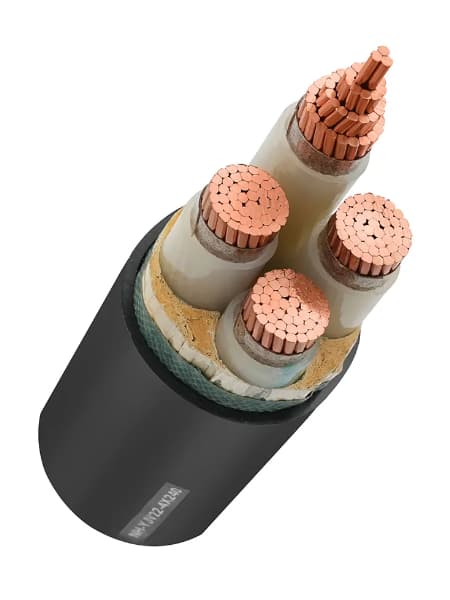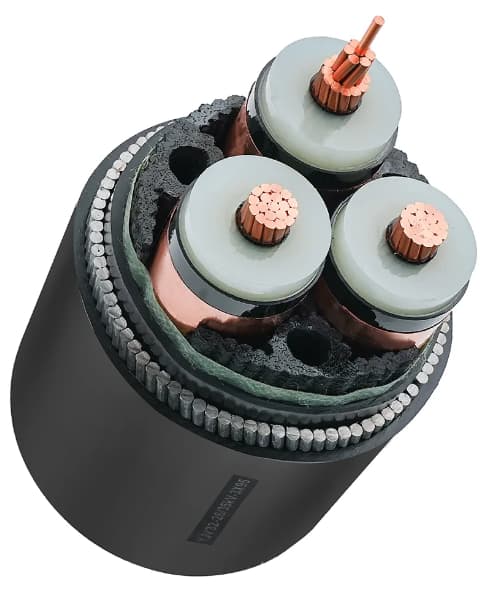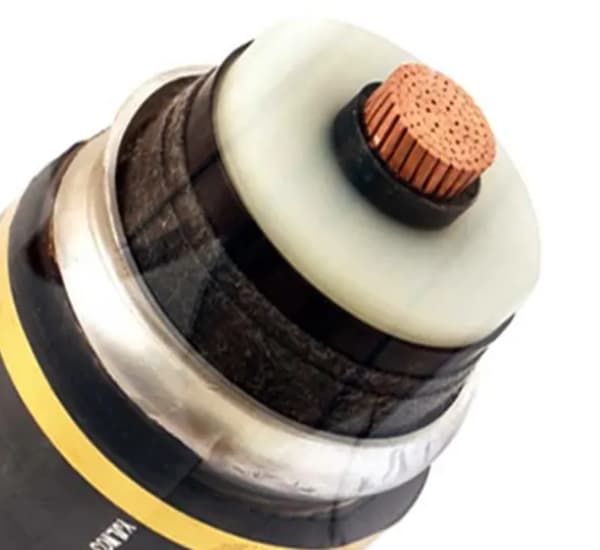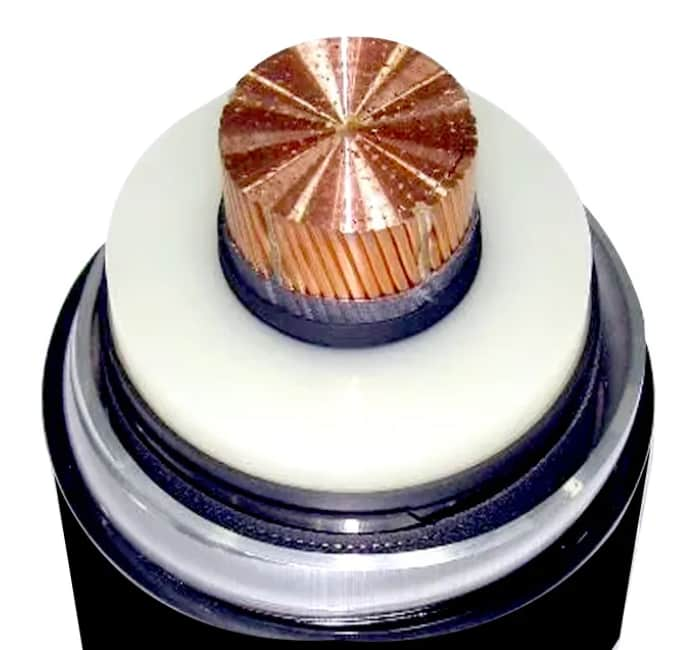In the world of electrical engineering, Cables are essential components for the transmission and distribution of electricity. According to your voltage level, Low voltage cables (BT), medium voltage (MT), High voltage (AT) and extra high tension (EAT). Each category has unique characteristics that determine its design, materials and applications. In this article, We will explore these classifications in detail, their differences and its importance in modern electrical systems.

Definition of low voltage cables (BT)
Low voltage cables are designed to operate with voltages of up to 1,000 volts (1 kV). Are widely used in residential applications, commercial and small industry.
Main Features
- Isolation materials: They mainly use polyvinyl chloride (PVC) cross-linked polyethylene (XLPE), that offer good insulation and heat resistance performance.
- Driver design: Drivers are usually copper or aluminum, Materials known for its high conductivity and mechanical resistance.
- Common Applications: Electrical installations in homes, workshops, lighting and control systems
Definition of medium voltage cables (MT)

Medium voltage cables operate in a voltage range between 1,000 volts (1 kV) y 45,000 volts (45 kV). They are fundamental in urban distribution networks and industrial applications.
Main Features
- Isolation materials: They use reticulate polyethylene (XLPE) to guarantee greater resistance to the electric field and heat.
- Driver design: They use copper or aluminum multifilament conductors to increase current and durability capacity3.
- Common Applications: Energy distribution in cities, factories, MINES AND INDUSTRIAL PARKS.
Definition of high voltage cables (AT)

High voltage cables are designed for voltages between 45,000 volts (45 kV) y 230,000 volts (230 kV). They are key in long -distance energy transmission.
Main Features
- Isolation materials: They use XLPE or reticulate polyethylene chloride (XLPE) To support high electric fields and temperatures.
- Driver design: Drivers are more complex, Designed to handle greater currents and voltages.
- Common Applications: Overhead transmission lines, connections between electricity plants and substations.
Definition of extra high voltage cables (EAT)

Extra high voltage cables operate with voltages higher than 230,000 volts (230 kV). They are essential in large -scale energy transmission networks.
Main Features
- Isolation materials: They use advanced technologies such as XLPE to guarantee robust and durable insulation.
- Driver design: Drivers are reinforced with metal armor to support extreme conditions.
- Common Applications: Energy transmission between regions and countries, and in large industrial facilities.
Key differences between cable types
- Voltage: BT (≤1 kV), MT (1-45 kV), AT (45-230 kV), EAT (>230 kV).
- Isolation: Materials and thicknesses vary according to voltage, being more robust in higher tension cables.
- Applications: From domestic facilities (BT) even national transmission networks (EAT)
Importance of voltage classification in electrical systems
The voltage classification is crucial to guarantee safety, Efficiency and reliability of electrical systems. Each cable category is designed to operate in specific conditions, which allows to optimize performance and minimize risks.
Why is it important to know the classification of cables?
Knowing the classification of cables is fundamental not only for the correct installation and distribution of electricity, but also to choose the right cable according to the type of installation and voltage needs. Besides, It is important to comply with electrical safety regulations and avoid possible damage or accidents.
Conclusion
In summary, The main difference between Low cables, media, High and extra high voltage It lies in the voltage They can transport. Each type of cable has its particular characteristics in terms of materials, isolation y applications, and the choice of adequate cable depends on the type of electrical installation and energy transmission needs. Choosing the appropriate cable is crucial to guarantee security and the efficiency In the electricity supply.
